Every week The Slovak Spectator brings you a selection of three short stories from across Slovakia from which pessimism and negativity are absent.
Slovak food at the summit of Mont Blanc
“We’re at a height of 4,800 metres above sea level, on Mont Blanc, the highest mountain in Europe,” says 25-year-old Martin Jakubis from Prievidza at the beginning of his video on Instagram. “We’re going to cook here our national dish, bryndzové halušky.”
He then takes out the utensils and the main ingredients for this gnocchi-like potato dish, including bryndza, a salty sheep's cheese, which had travelled 1,400 kilometres with him to France – and gets to work.
Jakubis was happy to serve the dish to other mountaineers who happened to summit with him, and received positive feedback.
By doing so, the young Slovak, who graduated from technical school but founded his own business based on cooking bryndzové halušky during the Covid-19 pandemic, wanted to show it is possible to cook the dish anywhere – and that there is no reason for any restaurant in Slovakia not to always serve it fresh.
He is now planning a trip across several countries, and intends to cook halušky in every single state he visits, serving it either to the locals or to Slovaks who he finds living there.
“We have a world food; the only thing to do is to cook it fresh and with heart,” he commented.
Slovakia hides one of Europe's gems
A small Slovak village known for its distinctive decorated houses has been labelled one of the best hidden gems in Europe.
The list, compiled by the European Best Destinations website, presents 15 secret destinations that are far from the heaving tourist masses. The number 13 spot belongs to the village of Čičmany, situated in Žilina Region in northern Slovakia, whose houses of dark wood are typically painted with distinctive white designs.
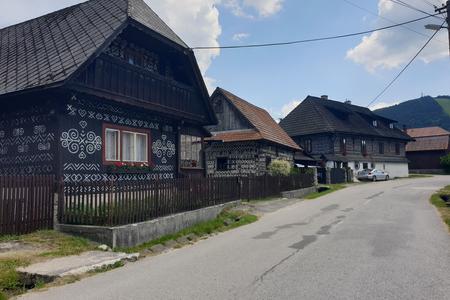
“Čičmany is known for its ‘popular’ architecture, which reminds us of the painted villages of Romania, including that of Zalipie, which features floral motifs,” the website reads, adding that it is worth the detour for its cultural heritage. “You will be enchanted by its very contrasting paintings, which look like hieroglyphs.”
Number one on the list is Villajoyosa in Alicante, Spain, followed by Ares del Maestre (also in Spain), Primošten in Croatia, Bokod Floating Village in Hungary, and Naantali in Finland.
Another Slovak beatified
The list of Slovaks who have been beatified has been extended by the addition of Ján Havlík. A victim of torture during the communist regime, he was presented to the public on September 1 by Pope Francis after the recitation of the Angel of the Lord prayer in the Vatican.
“This young person died in 1965 during the communist persecution of the Church in what was then Czechoslovakia,” the pope said, as quoted by the TASR newswire. “May his perseverance and testimony of faith be an encouragement to those who are still undergoing similar trials today.”
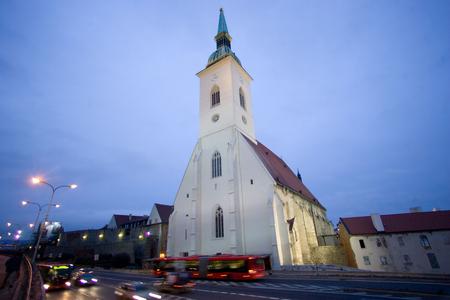
A day earlier, the act of beatification had taken place in front of the Basilica of Our Lady of Sorrows in Šaštín-Stráže, in western Slovakia. Pope Francis approved the decree on his martyrdom back in December.
Havlík was born in 1928 in the village of Dubovce, near Skalica in western Slovakia. In late August 1949, he joined the novitiate within the Society of Saint Vincent de Paul. A year later, Havlík together with his fellow brothers was sent by the communist authorities to work on a dam near Púchov for three months. He secretly studied theology and continued in the seminary.
In October 1951, he was detained by the communist-era ŠtB secret police. He spent 15 months in detention, where he faced frequent torture. He was sentenced to 10 years in prison for treason, but his punishment was later prolonged by another year for his missionary service among other inmates, the Aktuality.sk website reported. Havlík was released from prison in October 1962, but died in December 1965, aged 37, due to the consequences of psychological and physical duress in communist prisons.
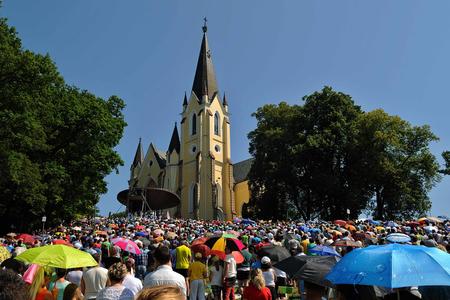
The last time Slovakia held a beatification ceremony was six years ago, when Anna Kolesárová was beatified in Košice in September 2018. A year earlier, Titus Zeman was beatified in Bratislava, and in 2003, Zdenka Schelingová and Vasiľ Hopko were beatified.
Five feel-good stories published by The Slovak Spectator to read:
A new commemorative plaque, unveiled on September 5 at a ceremony in the central-Slovak city of Banská Bystrica, marks the contribution of British and American special forces to the 1944 Slovak National Uprising (SNP).
Bratislava-based photographer Jana Rajcová tells the stories of Ukrainian refugees through her pictures. Her exhibition will open at the National Czech and Slovak Museum and Library in Iowa in late September.
Experience the horrors of war, visit a museum dedicated to Andy Warhol or feel the spirituality in one of many wooden churches. Here are some travel tips if you opt to see the northeast of Slovakia.
Interested in vintage shops? Here are five places in Bratislava that enthusiasts should not miss.
What can a teacher find in a Slovak classroom? Find the answer in our recent Slovak Matters column.
Political meme of the week
Caption: “What do you mean this government has done nothing for people? It promised cheaper foodstuff, and now it's free!”
With this meme, the caricaturist known as Hey, ty! alludes to the recent surge in shoplifting – something which several retailers warned would result from recent amendments to the Penal Code that raised the criminal threshold for theft. Under the latest rules, thefts of items worth less than €700 are classified as misdemeanours, punishable only by a fine of up to €331.
You can send me your tips on good news stories about Slovakia or funny memes at: radka.minarechova@spectator.sk. Thank you!


 Bryndzové halušky (illustrative photo) (source: TASR)
Bryndzové halušky (illustrative photo) (source: TASR)
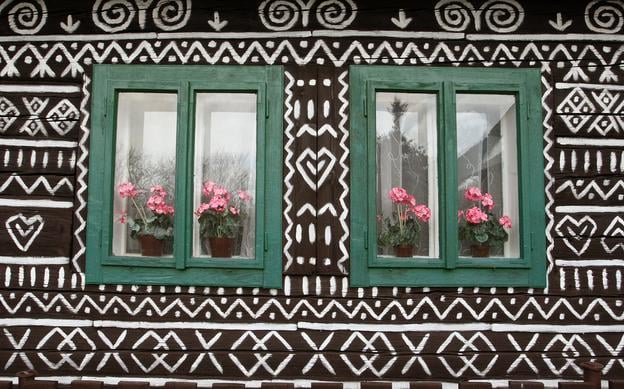 A typical decorated village house in Čičmany. (source: Sme archive)
A typical decorated village house in Čičmany. (source: Sme archive)
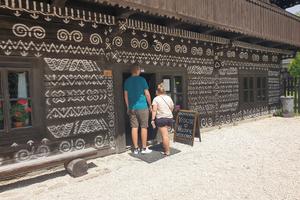
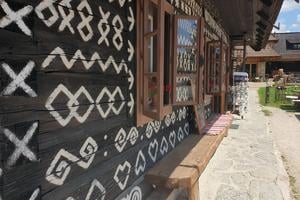
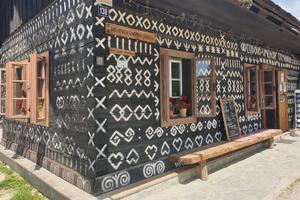
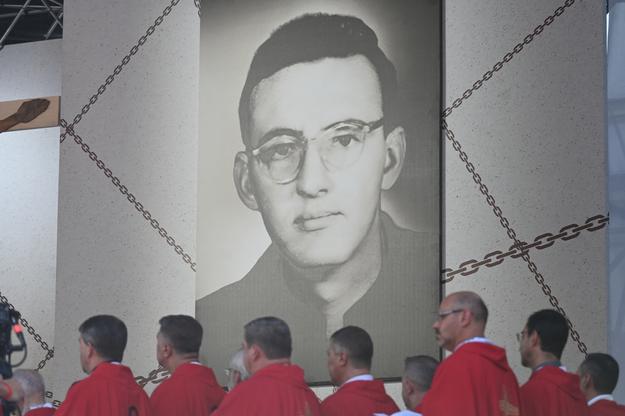 Ján Havlík was beatified in Šaštín-Stráže on August 31. (source: TASR)
Ján Havlík was beatified in Šaštín-Stráže on August 31. (source: TASR)
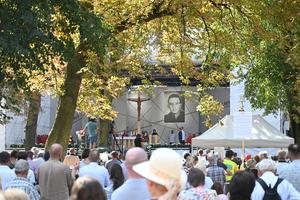
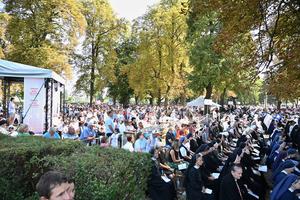

 Great discount on food. (source: SME/Hej, ty! – Tomčík)
Great discount on food. (source: SME/Hej, ty! – Tomčík)